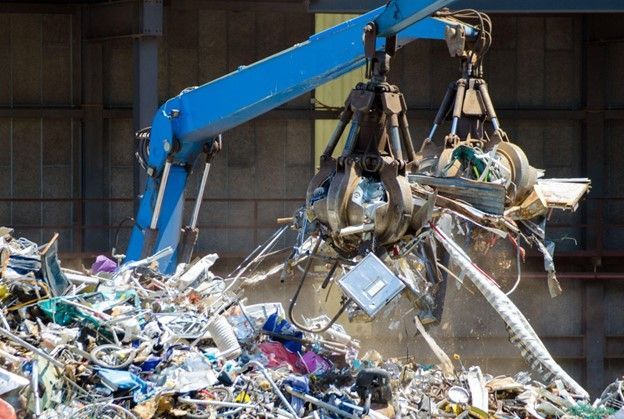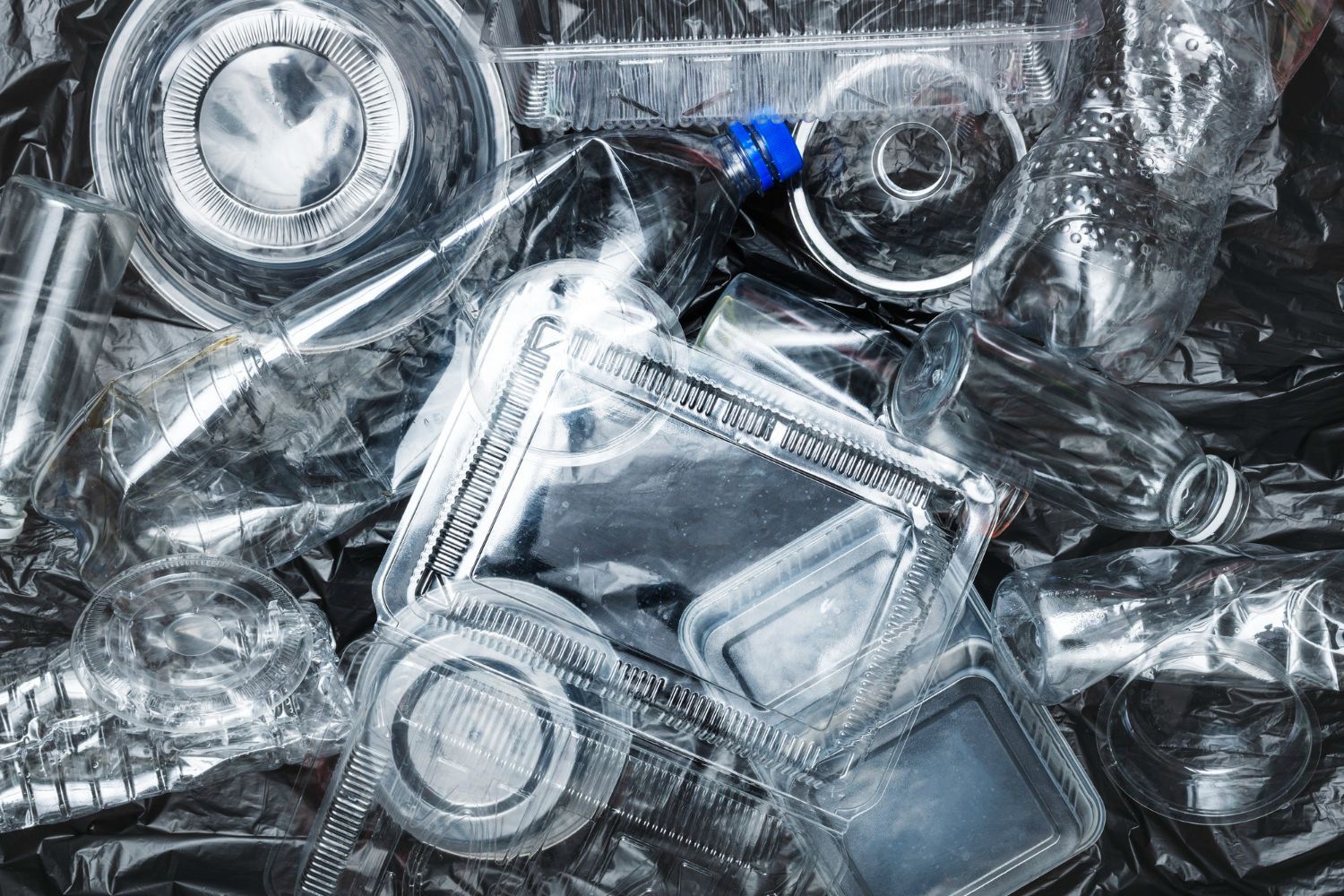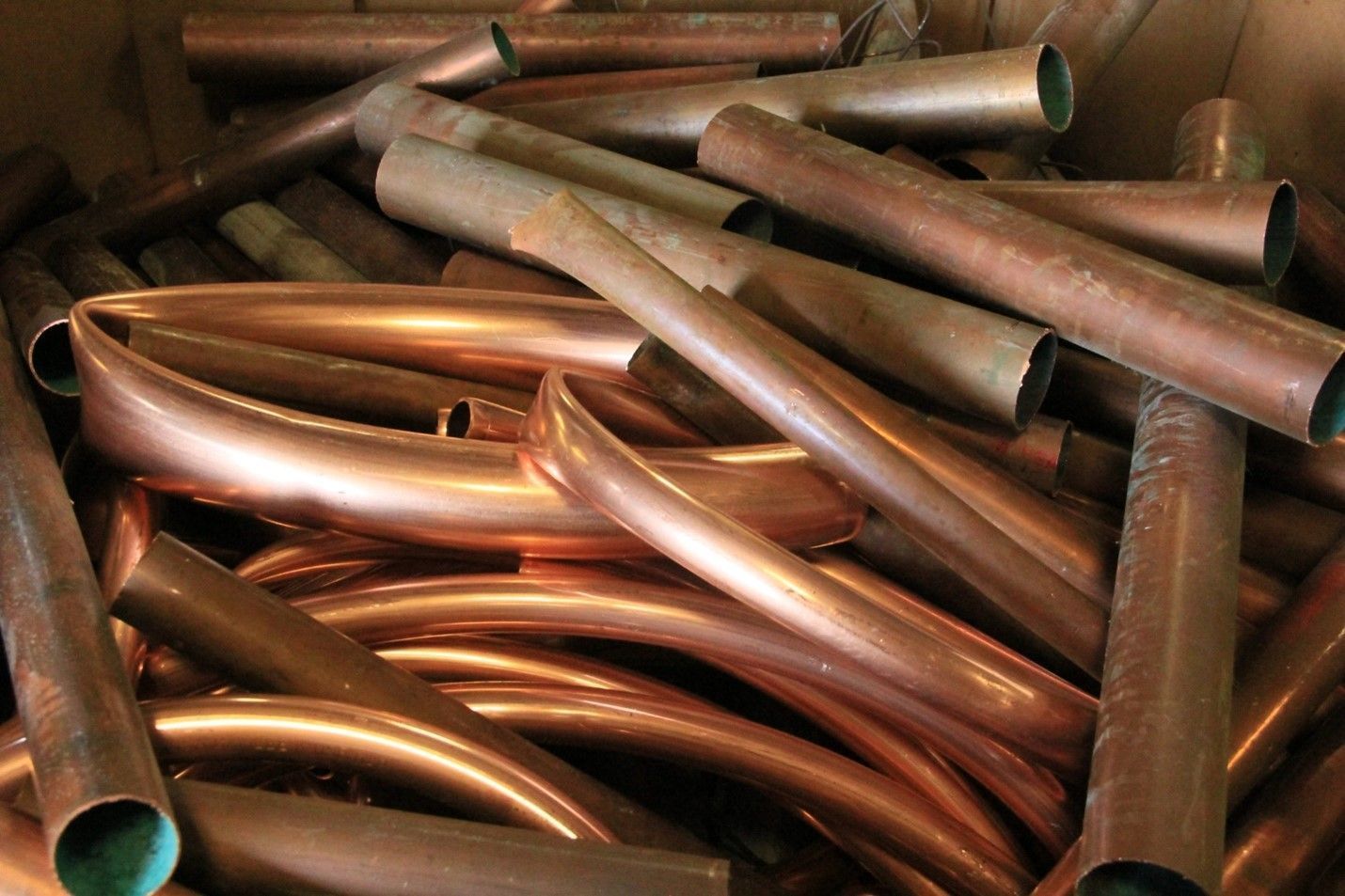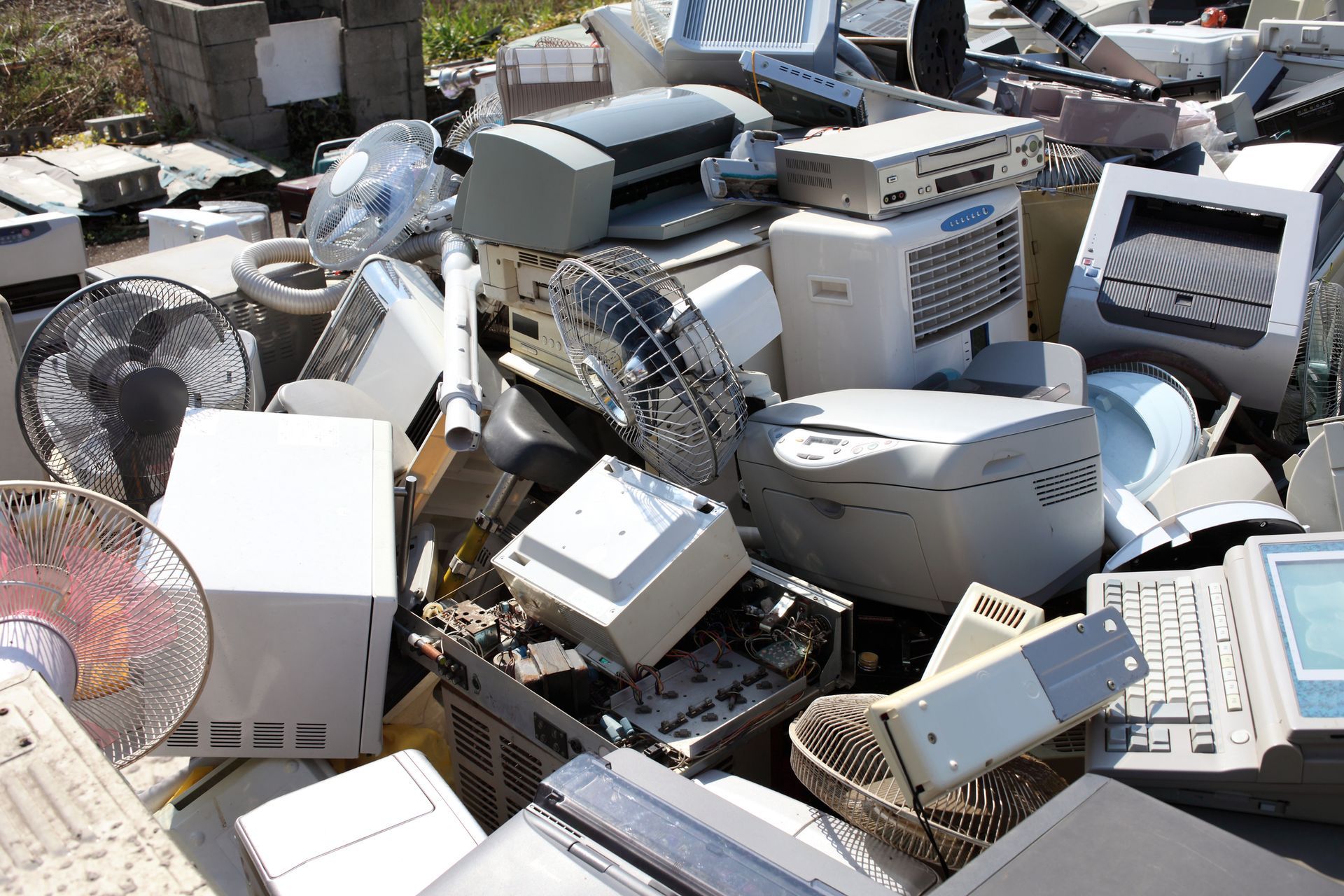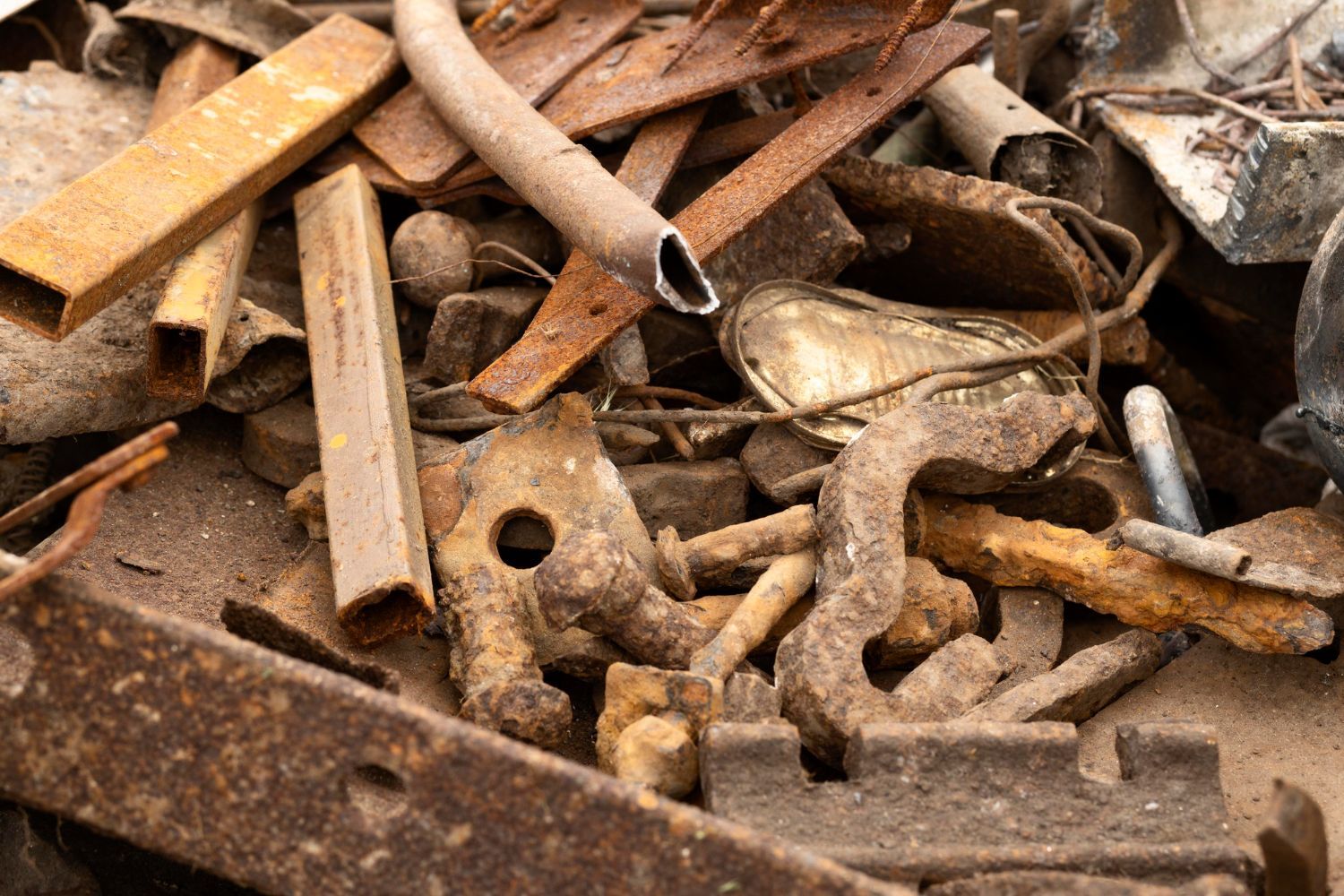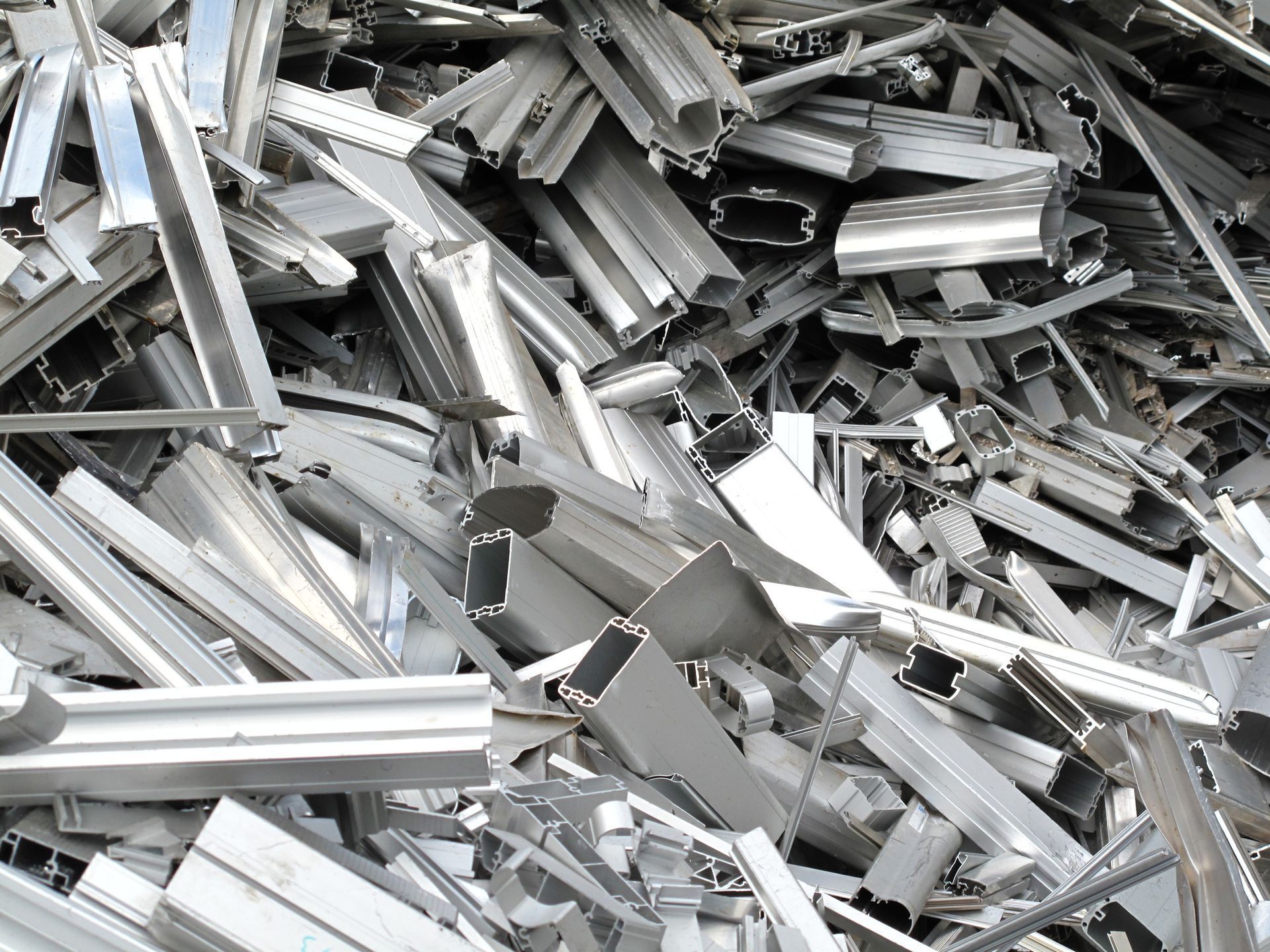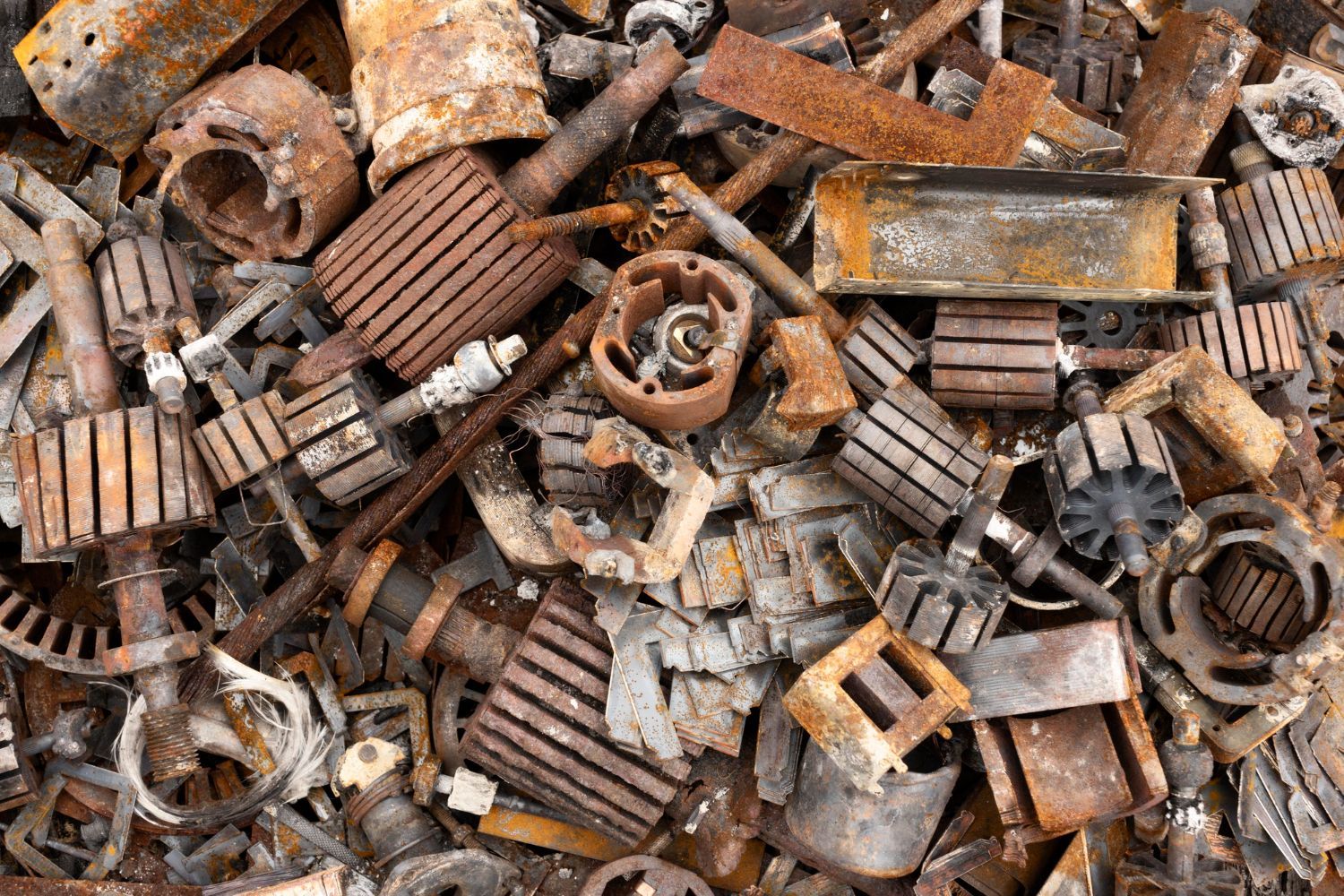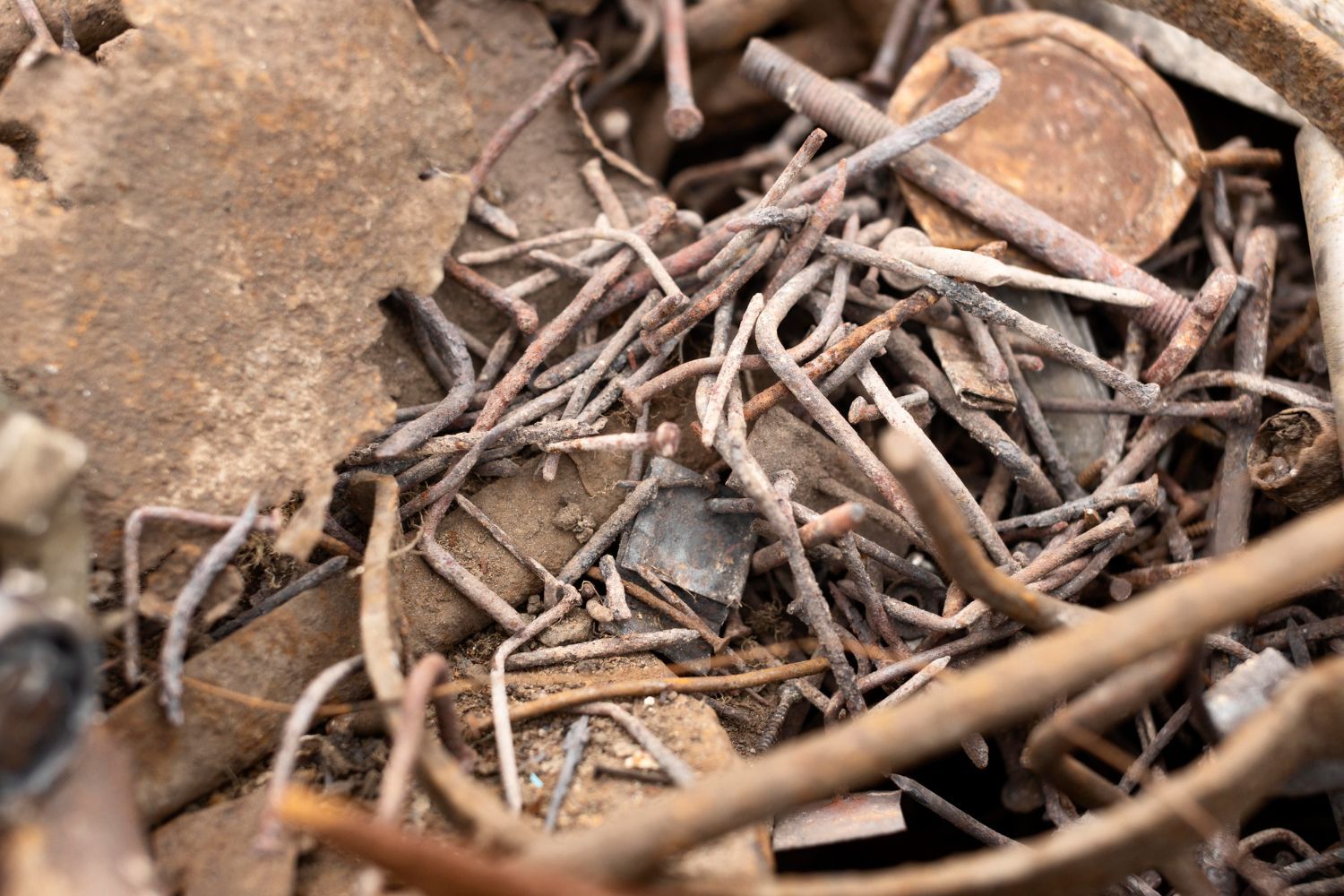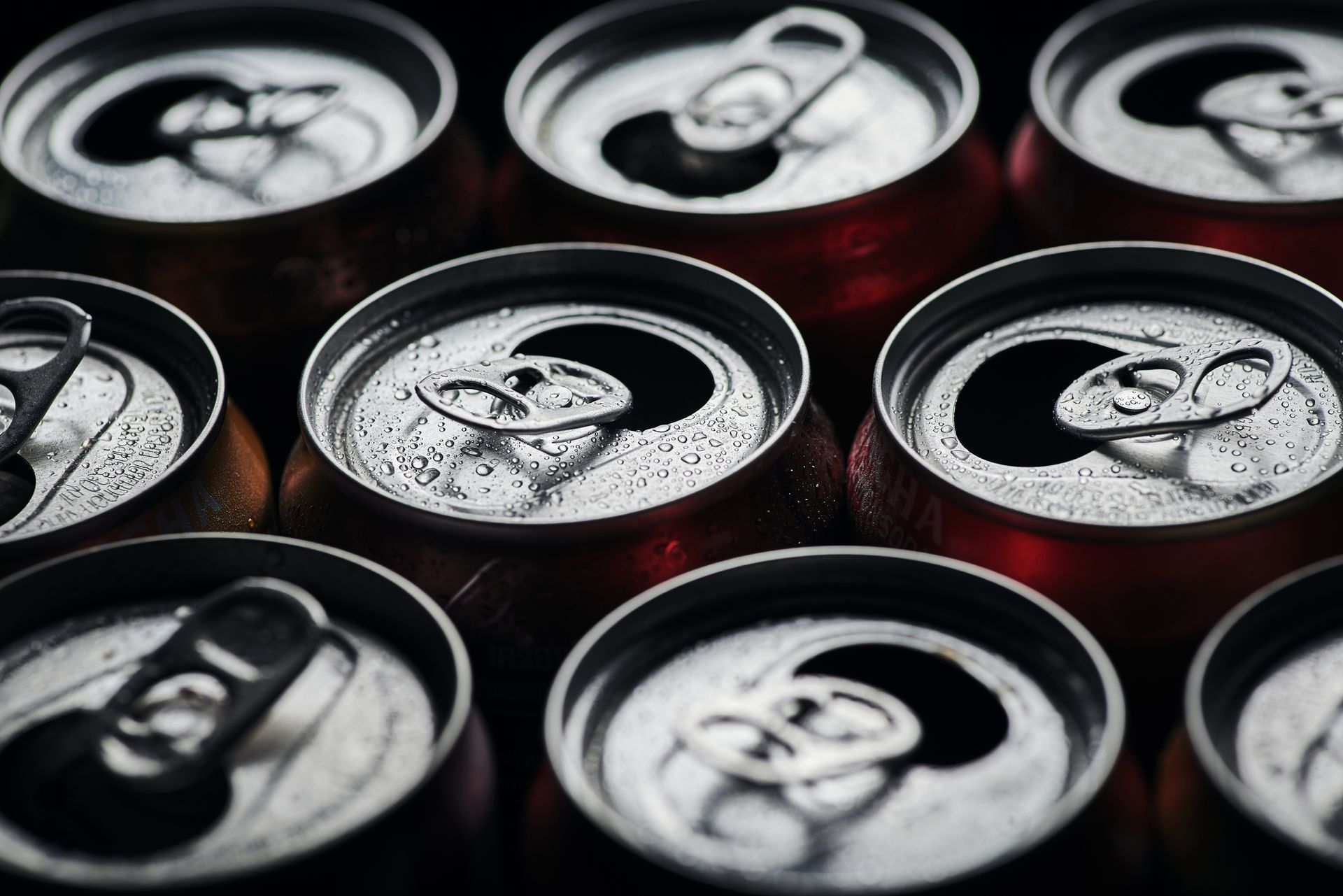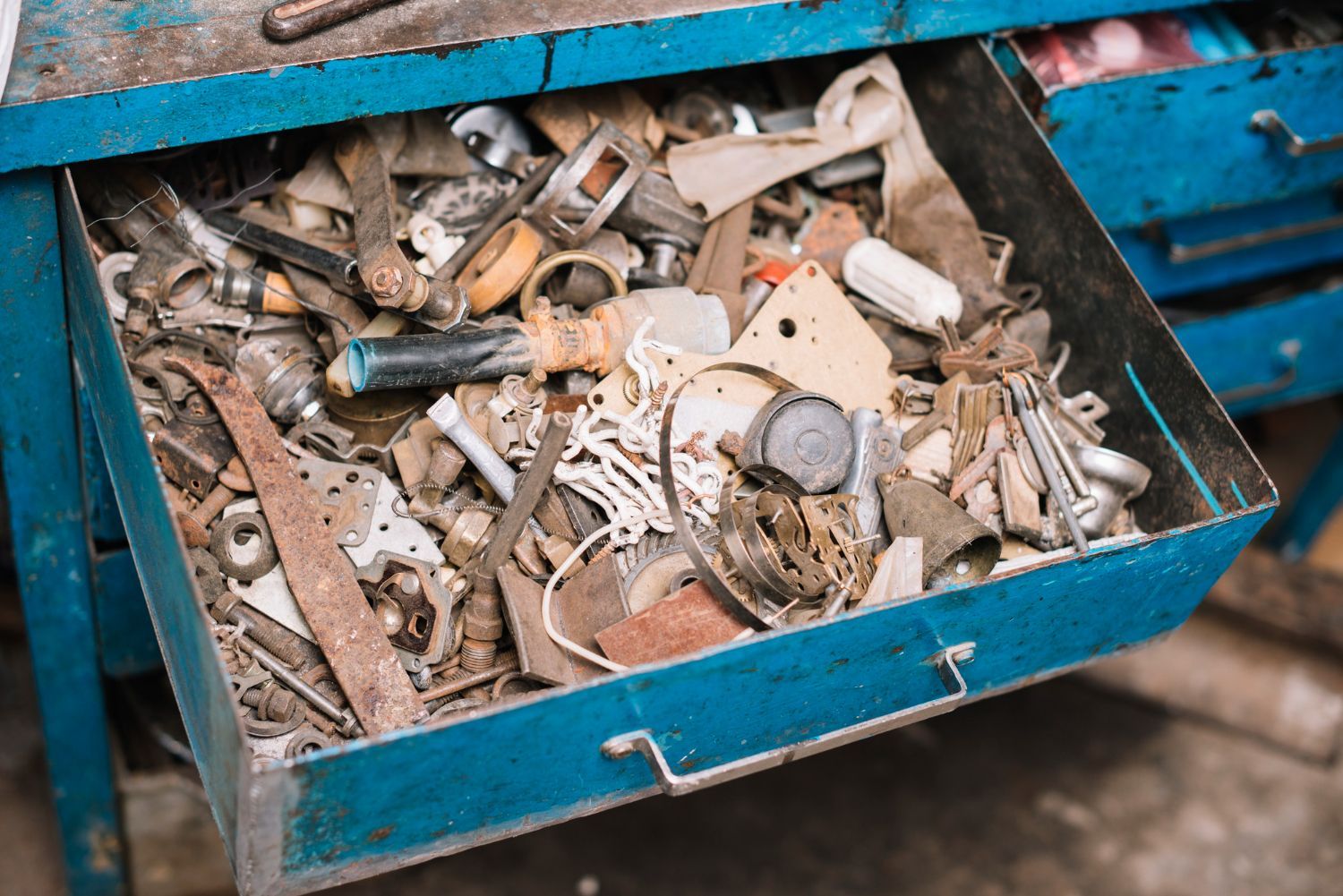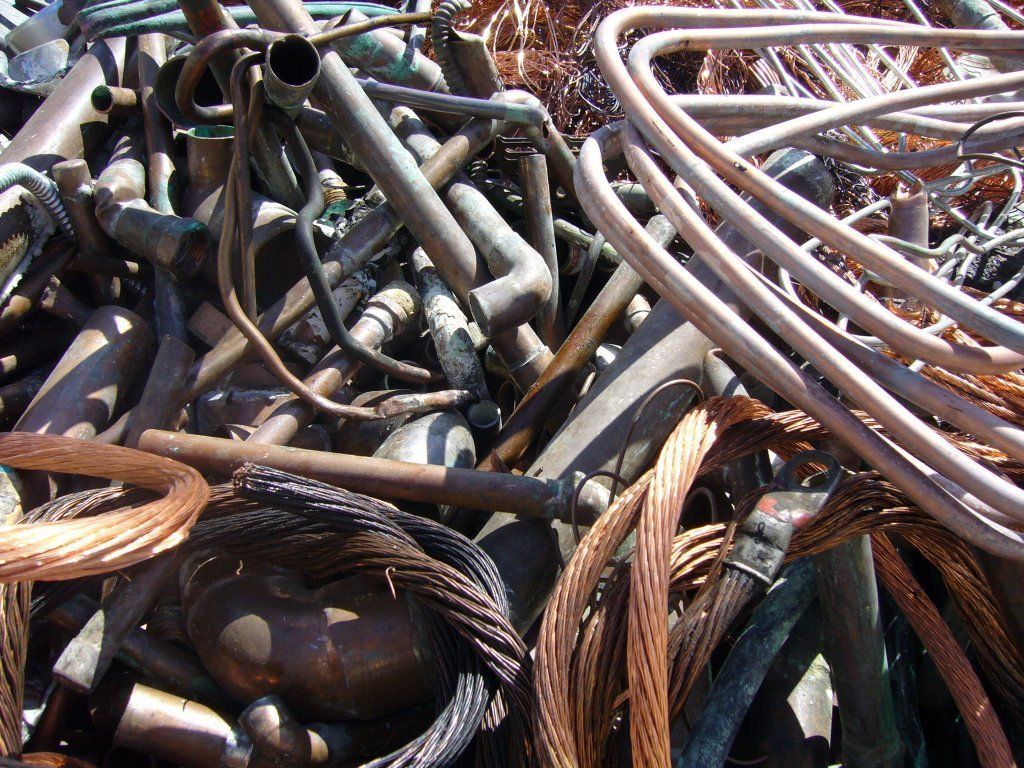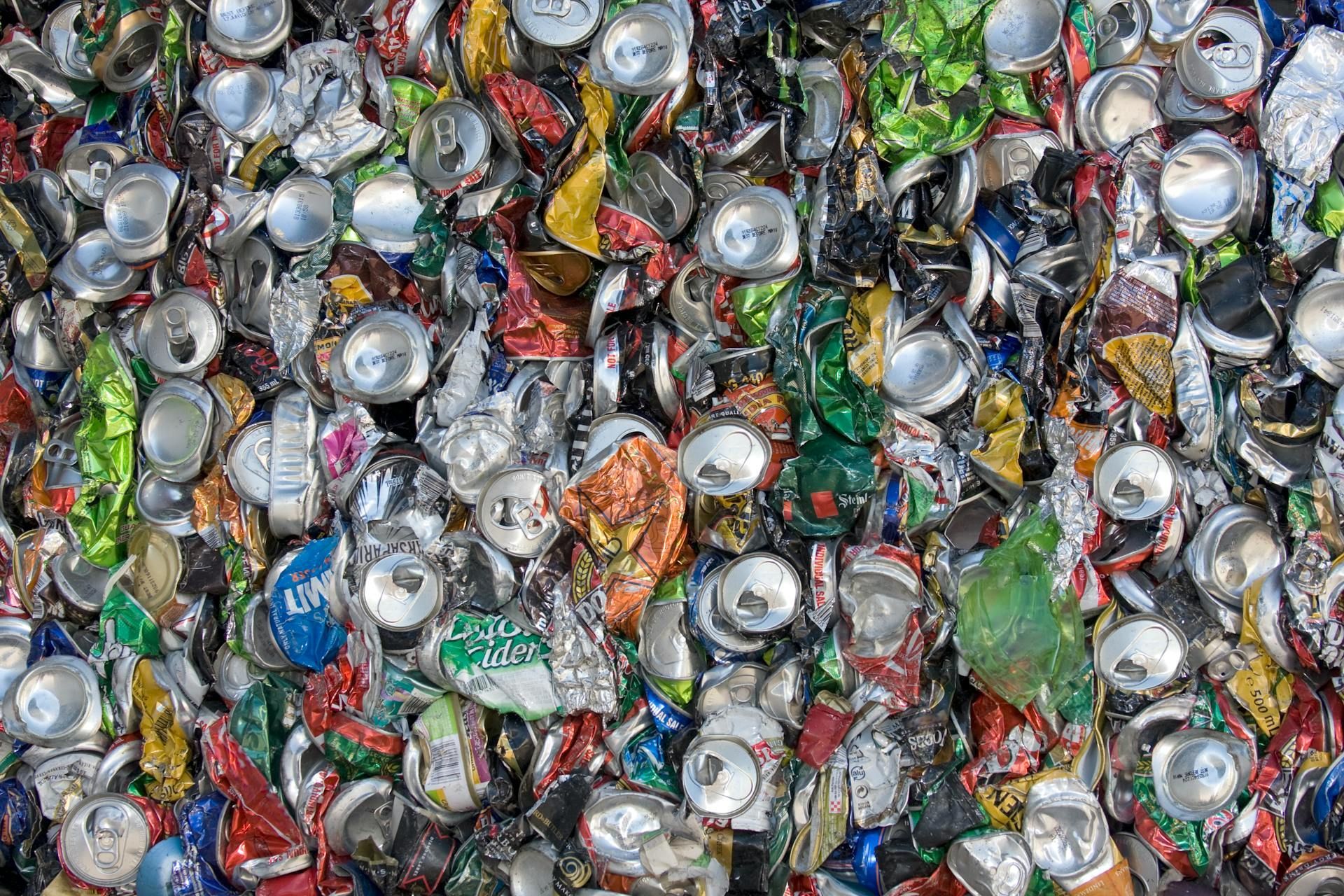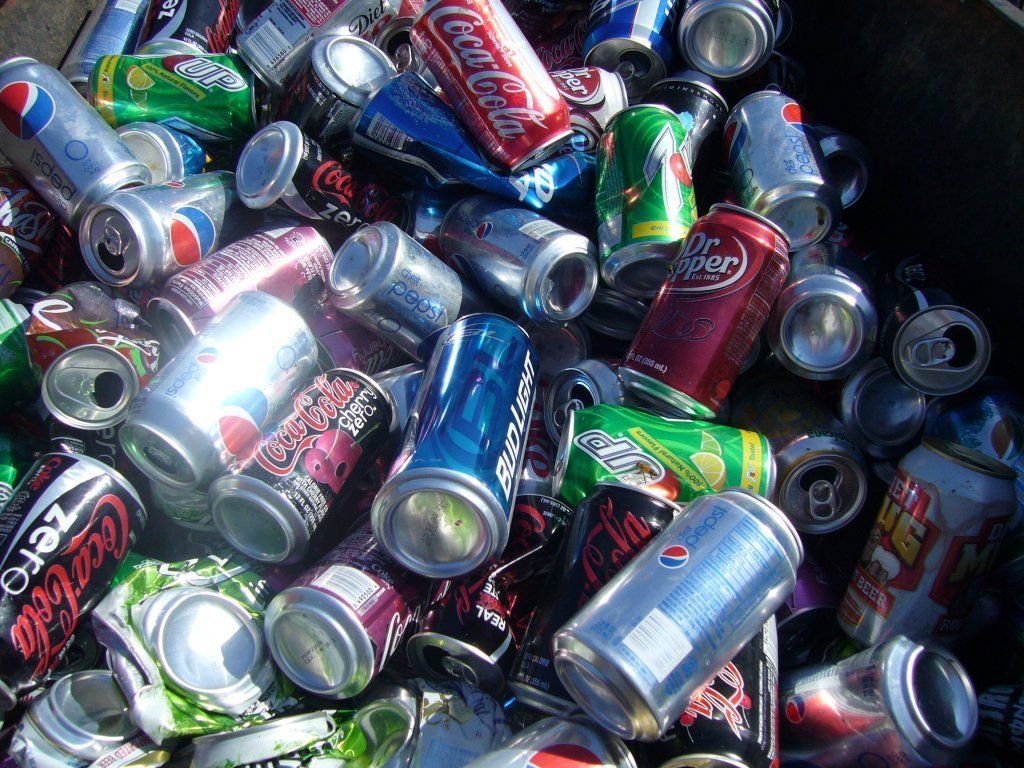4 Ways to Use Recycling Programs for Education
As children grow, there are some things parents must teach them outside the classroom. If you frequently drink soda cans or bottles, then you can find ways to educate children once those drinks are done. The education a child gains can relate directly to the cans and other common school subjects.
The process will create a fun hobby for the child and build an educational foundation that lasts through adulthood. Check out some of the ways to use recycling programs to educate children in a variety of topics.
1. Saving Money
One of the easiest ways to motivate a child through can recycling programs is with money. In the state of California, the California Refund Value is applied to several types of canned drinks like soda and energy drinks. For cans under 24 ounces, the value is five cents. As you help a child collect cans, they can learn how to save money.
Math education is important as well. Children can learn how to add up cans and that every twenty cans they collect add up to a dollar. They will eventually have enough cans to make a good amount of money when they are returned to a recycling center that will pay out cash on the spot.
Plan monthly trips, so your child can readily build up some extra cash. If they have something specific they are saving for, then you can download a goal-based app or create a chart that tracks their saving and teaches them more math.
2. Repurposed Materials
The idea of recycling may make sense to a child on a basic level, but take things even further and educate a child on the whole purpose of recycling. Showcase how cans and bottles are recycled and what they are used for. Find videos to showcase the recycling process and how aluminum is reused in new cans.
A child may be fascinated to see how plastic is transformed into items like backpacks or t-shirts. When your child knows the reasons and process behind recycling, they may feel more inclined to recycle and ensure that cans go into the recycling bin rather than the garbage.
3. Recycling Process & Accepted Metals
Along with cans, multiple visits to a scrap yard can showcase how other recycling works. For example, you could educate a child bout scrap metals accepted for money and the different metals used in products. The process will expand their knowledge in science.
From there, a child can learn the values of specific metals. Teach your child about steel, copper, aluminum, and other metals. They will learn the difference between the metals and how each one is made from natural earth materials. Scrap yards may have additional information on their website so a child can learn about common metals and their uses.
4. Trash Cleanup
Along with cans and bottles from your own purchases, you can educate a child about pollution and the importance of keeping the earth clean. As you build up a can collection, take a child for walks around your neighborhood to clean up trash and collect extra cans.
Enhance this lesson with maps of the nearby area. Your child can learn how to read maps and mark off areas you have already covered. Overtime, you can expand to other areas like local parks and playgrounds. Teach a child how to read different map directions and how to use various map apps along with printed maps of areas.
Showcase the driving maps from your home to the scrap metal location as well. The geography lessons can build a solid foundation and help learn about various places in your local area.
Contact us at Bruce Metal & Salvage to find out more information on our can recycling. Check out our hours and stop in to cash in aluminum cans and make some extra money while you educate your child along the way.
